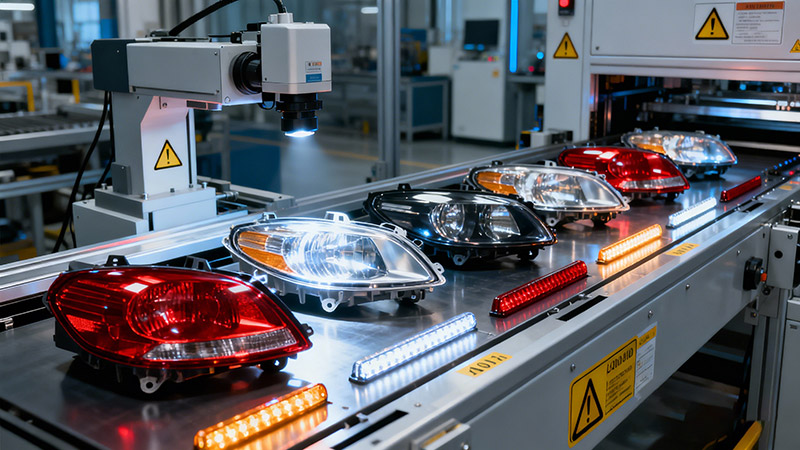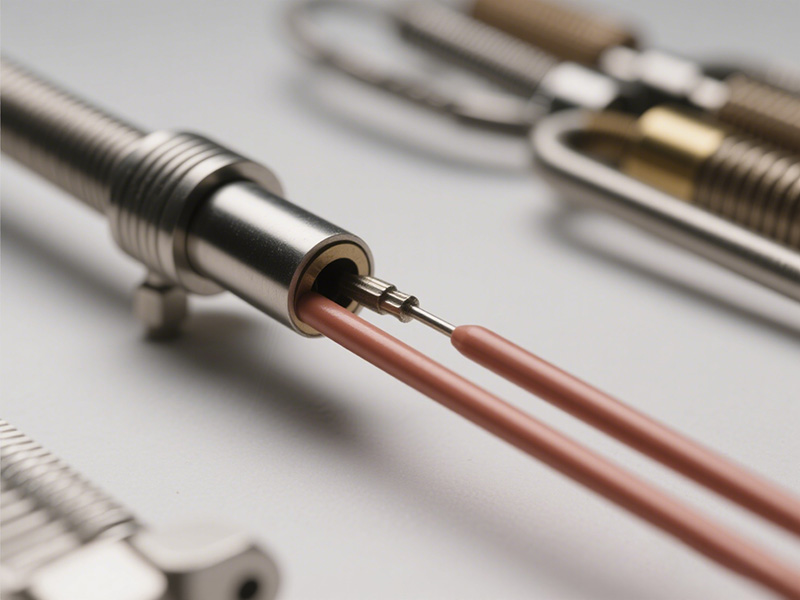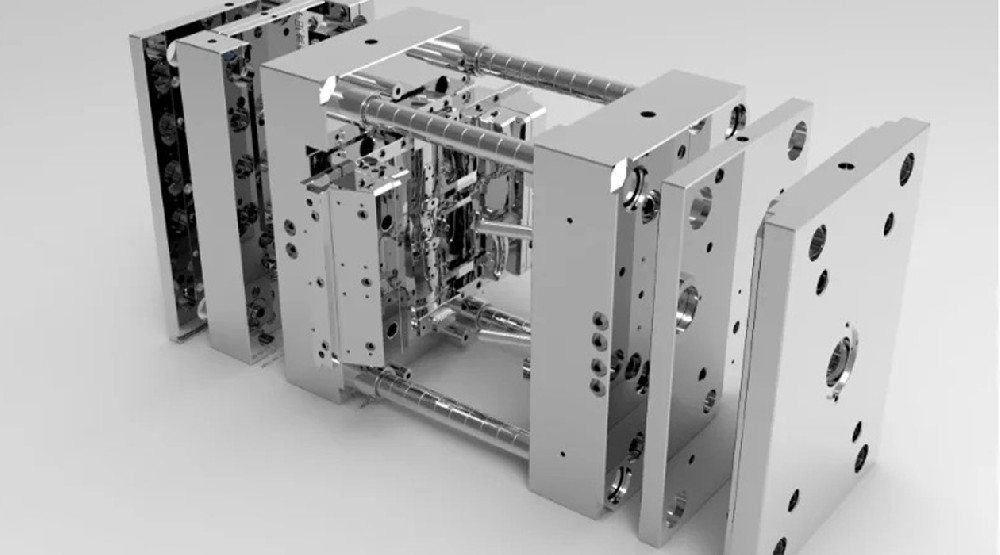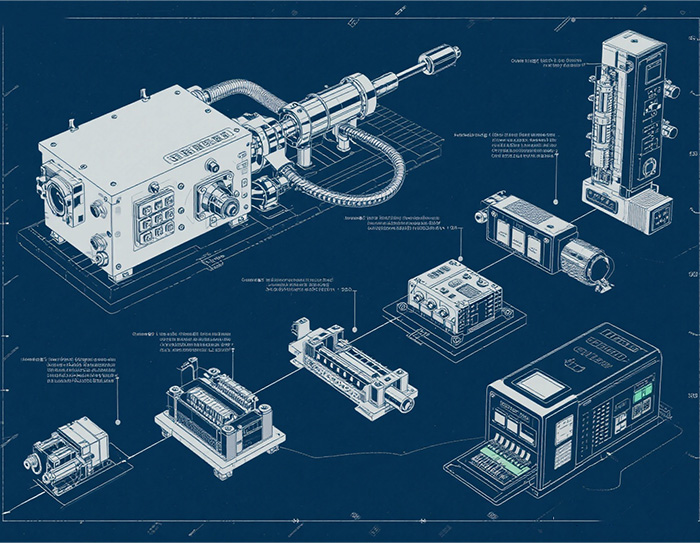Automotive manufacturers rely heavily on plastic injection molding to produce lightweight, durable, ...
Hot Runner vs. Cold Runner in Bottle Cap Injection Molding
In injection molding of plastic bottle caps, hot-runner systems (which keep the melt hot up to each gate) offer important gains in speed, material efficiency and part consistency compared to traditional cold-runner molds. By contrast, cold-runner molds require solidification and removal of the sprue/runner between cycles, which adds time, waste and variability. The following compares the two systems across four key dimensions, with data and examples from industry sources:
What is the bottle cap injection molding process?
Do you know how plastic bottle caps are made?When we pick up a bottle of mineral water, we all know that there is a small circle under the bottle cap, which is called an anti-theft ring. It can be connected to the bottle cap because of the one-piece molding process. There are two main one-piece molding processes for making bottle caps, compression molding bottle cap production process and injection molding bottle cap production process.
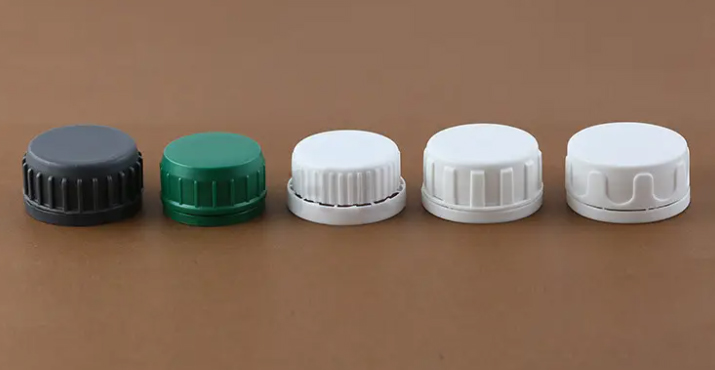
Injection molding of bottle caps
Injection molding of bottle caps is to put the mixed materials into the injection molding machine first, heat the materials to about 230 degrees Celsius in the machine to become semi-plasticized, inject them into the mold cavity by pressure, and cool them to shape. The cooling of the bottle cap shortens the mold counterclockwise rotation, and the bottle cap is ejected under the action of the push plate, so that the bottle cap automatically falls off. The use of thread rotary demoulding can ensure the complete molding of the entire thread, which can effectively avoid deformation and scratches of the bottle cap. After cutting the anti-theft ring and installing the sealing ring in the bottle cap, a complete bottle cap is produced.
Compression-molded bottle caps
Compression-molded bottle caps are to put the mixed materials into a compression molding machine, heat the materials to about 170 degrees Celsius in the machine to become a semi-plasticized state, and extrude the materials into the mold in a quantitative manner.
The upper and lower molds are closed, and the bottle caps are pressed into the shape of bottle caps in the mold. The compression-molded bottle caps remain in the upper mold, and the lower mold is removed. The bottle caps pass through the rotating disk, and the bottle caps are removed from the mold in the counterclockwise direction of the internal threads. After the bottle caps are compression-molded, they rotate on the machine, and a fixed blade is used to cut the anti-theft ring connected to the bottle caps by multiple points at 3 mm from the edge of the bottle caps. Finally, the sealing gasket and printed text are installed, and then disinfected and cleaned, and a brand new bottle cap is considered to be completed.
Difference
The injection mold is large and it is troublesome to replace a single mold cavity; each mold cavity of compression molding is relatively independent and can be replaced separately.
Compression molding bottle caps have no material mouth marks, so they have a more beautiful appearance and better printing effect.
Injection molding fills all mold cavities at one time, and compression molding extrude one bottle cap material each time. Compression molding extrusion pressure is very small, while injection molding requires higher pressure.
Injection molding bottle caps need to heat the material to a molten flow state at a temperature of about 220 degrees; compression molding bottle caps only need to be heated to about 170 degrees, and the energy consumption of injection molding bottle caps is higher than that of compression molding bottle caps.
Compression molding processing temperature is low, shrinkage is small, and the bottle cap size is more precise.
Cycle Time Reduction
Hot runner: Since the plastic remains molten in the runners, there is no extra cooling or degating step, so each cycle is shorter. Industry sources report that hot-runner molds can cut cycle time by ~20% or more compared to equivalent cold-runner molds. For example, one hot-runner cap mold achieves a cycle of only about 5 seconds, whereas a similar cold-runner tool would need additional seconds for runner cooling and knockout. In practice, eliminating runner cooldown can shave several seconds per cycle, greatly increasing hourly output. In a noted retrofit case, converting a 3-plate lid mold from cold to hot runner reduced cycle time by about 8%.
Cold runner: Here the molten plastic flows into machined runner channels that solidify before ejection, so each cycle must wait for the runners to freeze. The thick runner bars often take longer to cool than the part itself, which extends the overall cycle. Cold runners also require machine pauses for sprue/runner ejection or stripping. In sum, cold-runner molds inherently run slower; multiple sources note that the need to cool and remove runners “significantly increase[s] the overall cycle time”.
Summary: Hot-runner molds can deliver much faster production (often 10–20% shorter cycles) by skipping the runner solidification step. This boost in speed directly raises throughput in high-volume cap lines.
Material Savings (Runner Waste and Resin Usage)
Hot rnner: Because the runners stay hot and are effectively part of the pressurized manifold, there is no solidified runner scrap to trim off each cycle. In effect, 0% of the melt is wasted as runner – every drop of plastic goes into parts. This can save a significant fraction of resin in multi-cavity molds. (In many cold-runner cap tools, runners can account for 10–30% of the total shot weight.) One case study reported that switching to hot runners cut runner regrind to 0% (100% scrap elimination). Eliminating runner waste also saves on downstream labor (no trimming) and energy for re-melting.
Cold runner: Cold-runner molds produce a solid “tree” of runners and sprues each shot that must be cut off. This material (often 10–30% of the injection volume) is either re-ground or discarded. As Husky notes, cold runners are “a costly waste of resin”. In practice, material engineers often have to recycle or reprocess this scrap, which adds handling cost and may limit reuse (e.g. only a small percentage can go back to food-grade caps). For bottle caps, which use cheap commodity resins, the scrap value is low (often “pennies per pound”), but the lost virgin resin still adds up. Overall, hot-runner molds dramatically reduce material consumption by eliminating sprue/runner waste entirely.
Data Example: In one plastics plant, converting a cold-runner cap mold to hot-runner yielded ~100% reduction in regrind (no runner scrap). Another industry summary states hot runners “substantially cut down” on trimming and waste. These savings can translate to several percent reduction in per-part material cost in large production runs.
Product Quality (Consistency, Dimensional Stability, Defect Rates)
Hot runner: The precise, uniform melt delivery of a hot-runner manifold leads to highly consistent parts. Each cavity receives material from its own heated nozzle, often with independent temperature control. This yields excellent cavity-to-cavity balance and uniform part weights. The ability to place gates optimally (even centrally on the cap top) and use needle or valve gates means gate vestiges are minimal – important for cap sealing surfaces. Hot-runner systems reduce common defects: for example, they eliminate weldlines or cold flow marks caused by thick solidifying runners, and lower internal stress by allowing more uniform cooling. Industry sources note that hot runners produce parts with “superior surface finish and fewer defects” and “improved uniformity and dimensional accuracy”. In bottle caps, this translates to tighter tolerances and consistent sealing performance. Manufacturers of cap molds highlight that hot-runner caps have uniform geometry and high concentricity, which is critical for secure closures.
Cold runner: The extra bulk and cooling of cold runners can introduce variability. Thick runner sections cool slowly and unevenly, which can alter flow to the part cavities. This often causes dimensional variation and cosmetic defects. For example, Husky notes that cold-runner molds may have “quality issues including poor surface finish and dimensional stability”. The act of removing and trimming runners can also mar parts (e.g. leaving flash or requiring gate grinding). In multi-cavity tools, cavities must be spaced to accommodate runners, sometimes making uniform filling more challenging. Thus, cold-runner caps may exhibit slightly more warpage or sink marks, and require additional quality checks. Overall, hot-runner caps tend to be more uniform and have fewer gate-related blemishes, while cold-runner caps require manual degating and exhibit the gate mark/burr that hot runners avoid.
Maintenance: Frequency, Cost and Complexity
Hot-runner: These molds incorporate heating elements, thermocouples, wiring and controllers, so they are inherently more complex. They require scheduled maintenance: for example, nozzles may need periodic cleaning or replacement if the polymer carbonizes, and controllers/thermocouples must be calibrated. Consequently, hot-runner tooling has higher maintenance costs and requires technical expertise. Many molders use service contracts from hot-runner vendors (e.g. Mold-Masters, Husky) to overhaul manifolds between campaigns. The initial tooling cost is also higher, but can be justified by the long runs typical in cap production. On the plus side, modern hot-runner systems are quite robust, and properly maintained they run for millions of cycles without failure.
Cold runner: These molds have no electrical components or moving runners to service, so they are simpler to maintain. The steel runner plates/gates just need routine cleaning (e.g. after color changes) and are rarely “serviced” except for wear or corrosion. As one industry guide notes, cold-runner systems are “simple to maintain” with “very low maintenance costs”. There is no heater to fail or controller to adjust. The tradeoff is that every cycle generates hot runners to trim or eject, which can be a manual operation (although automated degating tools exist). In terms of mold upkeep, cold-runner tools often have lower downtime since they do not need the periodic hot-runner calibration or heater replacement. However, the extra handling of scrap and more frequent mold opening (for runner removal) can increase wear on ejector systems over very long runs.
Below is a summary comparison of these factors:
Aspect | Hot-Runner System | Cold-Runner System |
Cycle Time | Very short – no runner cooling step. Cycles are ~20%+ fastermoldall.complasticsbusinessmag.com (e.g. optimized cap mold ~5 scap-molds.com). | Longer – must cool and eject runners. Thick runners take the longest to coolhusky.co, slowing each cycle. |
Material Waste | Minimal – no solidified runners (0% scrap). All plastic flows into partshusky.coplasticsbusinessmag.com. | Significant – runners (often 10–30% of shot) solidify and must be trimmed or regroundhusky.cohusky.co. |
Part Quality | High – uniform melt delivery yields consistent weight, tight dimensions and excellent finishhusky.comoldall.com. Flush or valve gates leave tiny vestiges. | Lower – thicker gates/cooling can cause warpage or sink marks. Manual degating may leave flashes. Cold runs are noted to cause surface and stability issueshusky.co. |
Maintenance | More complex – manifold heaters, nozzles and controllers need periodic servicing. Higher tooling cost and maintenance costsimtec-silicone.commoldall.com. | Simpler – only machined runners/gates, so fewer failure modes. Lower initial tooling cost and simpler up |
summary
For high-volume bottle cap production, hot-runner molds generally deliver much higher productivity and lower scrap. By keeping material hot at the gates, they eliminate runner trimming, shorten cycles and improve consistency. The tradeoff is higher tooling complexity and maintenance requirements. In practice, most modern cap plants use hot-runner molds (often with dozens of cavities) to take advantage of these savings. Several cap molders report that hot-runner molds achieve extremely short cycles (a few seconds) and near-perfect consistency across cavities, which cold runners cannot match. Where cost or material restrictions rule out hot runners (e.g. very small runs or exotic materials), cold runners remain a viable fallback, but with the expected penalties in speed, waste and part uniformity.
